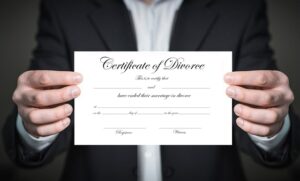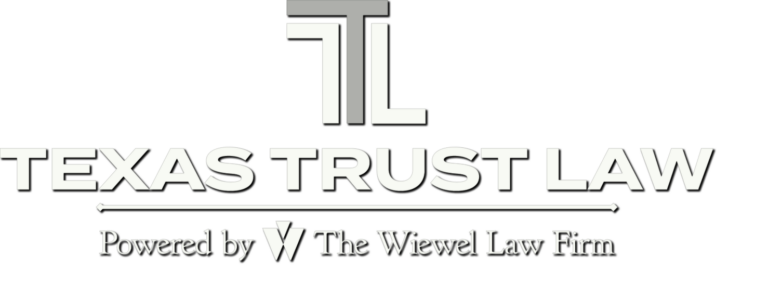
Issues Family Business Owners Should Plan for in 2025
Running a family business means balancing personal relationships with long-term goals, all while adapting to changing economic and legal landscapes. There are some issues family business owners should plan for in 2025, including reassessing their succession plans, tax strategies and internal structures to maintain a strong and future-ready operation.
2025 brings fresh challenges—from potential tax law shifts to generational transitions and evolving workforce expectations. Without careful planning, even a thriving family business can stumble. That’s why addressing these key issues now can prevent costly problems later.
Preparing for Business Ownership Transitions
One of the most pressing issues for family businesses is succession planning. As the founding generation retires, many companies face uncertainty about who will take over leadership. Some family members may not be interested in the business, while others may lack experience.
To avoid conflict or operational gaps, business owners should create a written succession plan. This plan should identify future leaders, outline roles and responsibilities and include a timeline for the transition. It should also include mentorship and training periods to ensure that the next generation is fully prepared.
For those without a family successor, alternative options such as selling the business, bringing in outside management, or transitioning to employee ownership should be explored. These decisions take time to implement and benefit from legal guidance.
Navigating Tax Planning and Valuation
Tax planning remains an ongoing concern, particularly as family businesses look to transfer ownership or restructure in response to upcoming changes in the tax code. A major consideration for 2025 is the scheduled sunset of provisions under the Tax Cuts and Jobs Act, which may significantly lower the lifetime estate and gift tax exemption.
If those changes occur, the ability to pass on ownership or make large gifts to family members could become more costly. Business owners should assess whether to accelerate transfers now, while current exemptions are still in place.
An accurate business valuation is essential when making these decisions. Valuation impacts everything from estate planning to buy-sell agreements and tax reporting. A qualified valuation professional can help ensure that the business is appraised fairly and that transfers are structured to minimize tax burdens.
Managing Family Dynamics
Even the strongest family businesses can suffer from unresolved personal tensions. Disagreements over roles, compensation, or long-term vision can stall growth or lead to litigation. Establishing clear governance structures—such as regular board meetings, family councils, or shareholder agreements—helps create transparency and shared expectations.
Implementing formal communication and conflict-resolution processes also strengthens trust and ensures that decisions are based on business needs rather than personal emotions. These systems can be especially helpful when younger generations begin taking more active roles.
Adapting to a Changing Workforce
The modern workforce continues to evolve. Family businesses must adapt to new employee expectations around flexibility, remote work and corporate culture. Those who embrace change can attract top talent and position themselves for innovation and growth.
Creating competitive compensation packages and offering professional development opportunities can help family businesses remain competitive with larger corporations. Technology adoption and digital infrastructure updates are also important as customers and employees increasingly expect seamless digital experiences.
Work with a Business Law Attorney to Strategize Structures and Asset Protection
Issues family business owners should plan for in 2025 include outdated legal structures that no longer accurately reflect their current size, scope, or risk exposure. Reviewing partnership agreements, operating agreements and shareholder documents ensures that the business is protected from internal disputes or external threats.
Asset protection strategies—such as trusts or holding companies—may be appropriate to safeguard family wealth and minimize liability. A business law attorney can evaluate current documents, identify weaknesses and recommend updates based on recent legal developments. If you would like to learn more about planning challenges business owners face, please visit our previous posts.
Reference: The National Law Review (March 13, 2025) “The Big Six Items Family Offices Need to Consider in 2025”
Photo by Afta Putta Gunawan















